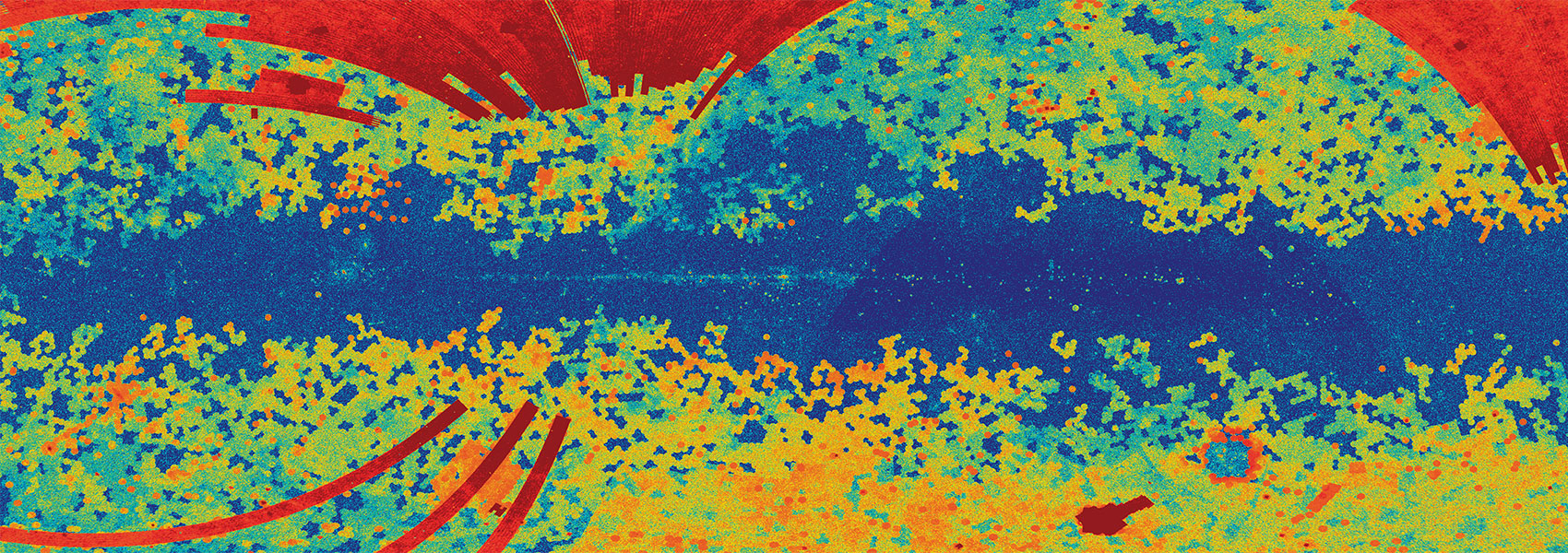October
2013
•
2013MNRAS.435.1582C
Authors
•
Calchi Novati, S.
•
Mirzoyan, S.
•
Jetzer, Ph.
•
Scarpetta, G.
Abstract
•
We present a new analysis of the results of the Expérience pour la Recherche d'Objets Sombres (EROS)-2, Optical Gravitational Lensing Experiment (OGLE)-II and OGLE-III microlensing campaigns towards the Small Magellanic Clouds (SMC). Through a statistical analysis we address the issue of the nature of the reported microlensing candidate events, whether to be attributed to lenses belonging to known population [the SMC luminous components or the Milky Way disc, to which we broadly refer to as `self-lensing'] or to the would be population of dark matter compact halo objects (MACHOs). To this purpose, we present profiles of the optical depth and, comparing to the observed quantities, we carry out analyses of the events position and duration. Finally, we evaluate and study the microlensing rate. Overall, we consider five reported microlensing events towards the SMC (one by EROS and four by OGLE). The analysis shows that in terms of number of events the expected self-lensing signal may indeed explain the observed rate. However, the characteristics of the events, spatial distribution and duration (and for one event, the projected velocity) rather suggest a non-self-lensing origin for a few of them. In particular, we evaluate, through a likelihood analysis, the resulting upper limit for the halo mass fraction in form of MACHOs given the expected self-lensing and MACHO lensing signal. At 95 per cent CL, the tighter upper limit, about 10 per cent, is found for MACHO mass of 10-2 M⊙, upper limit that reduces to above 20 per cent for 0.5 M⊙ MACHOs.
Links




